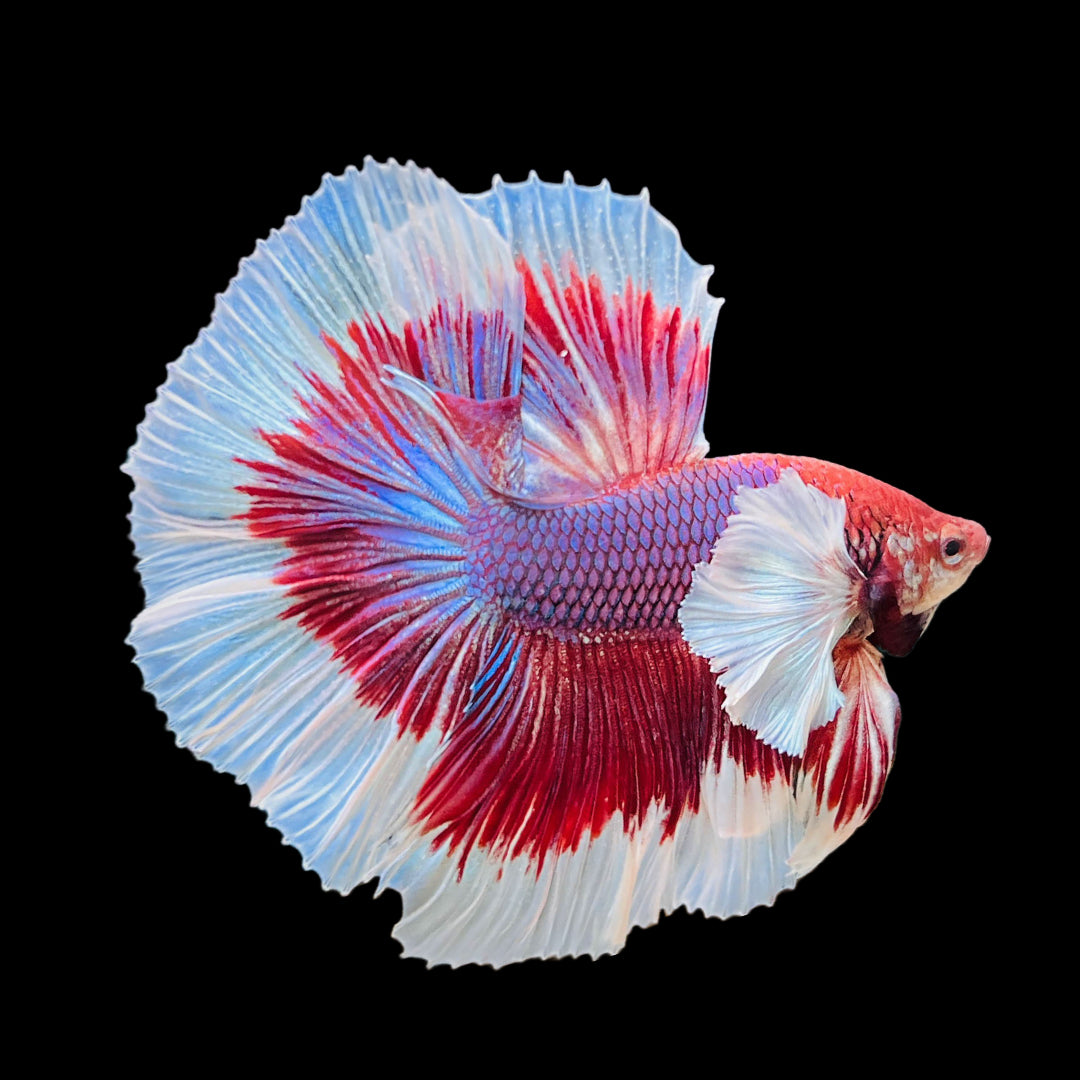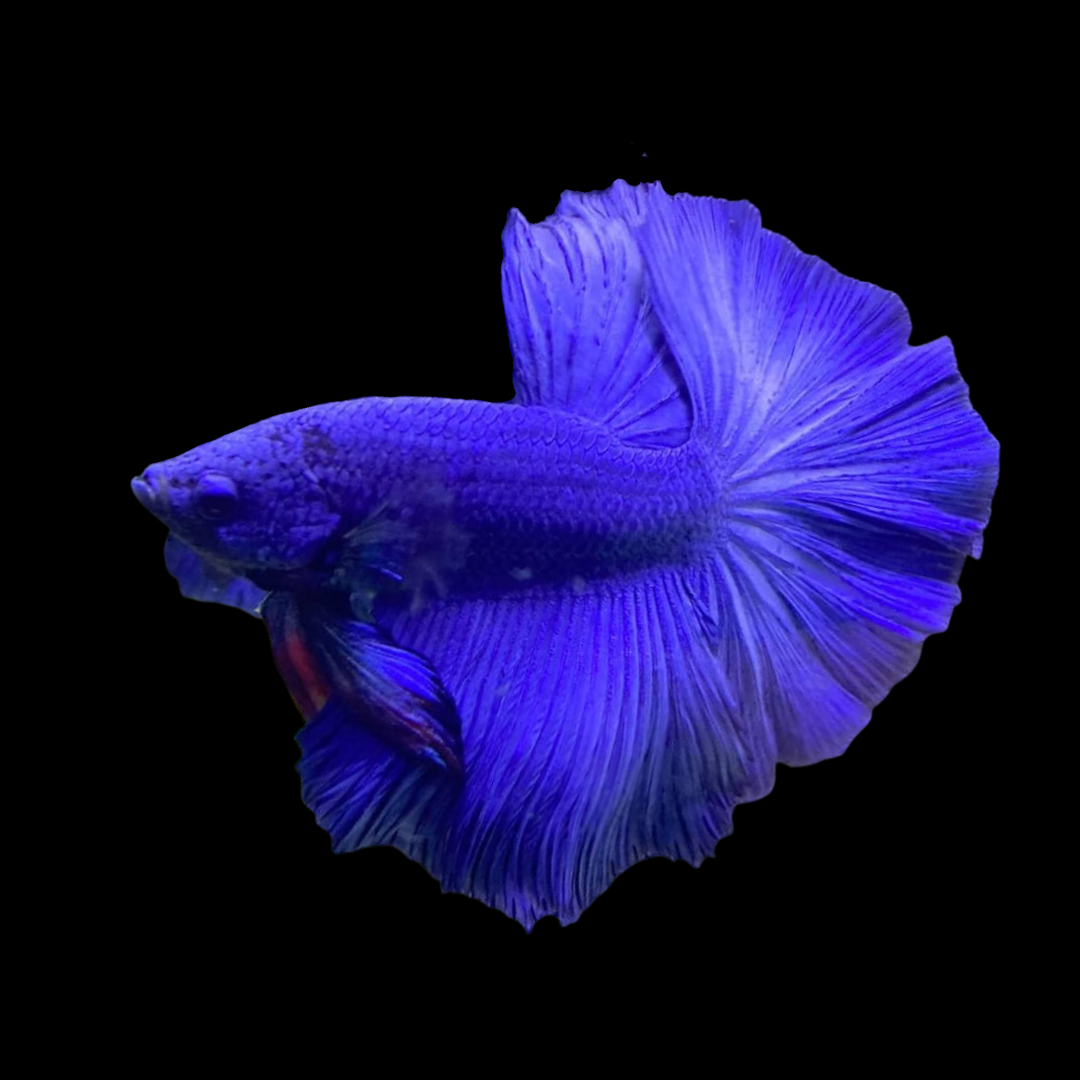Breeding Betta Fish: a Comprehensive Step-By-Step Guide to Efficiently Raising Child Bettas From Eggs to Their Adult Years
Reproducing Betta fish is a careful undertaking that needs cautious preparation and execution to make certain the successful growth of fry from eggs to mature fish. Selecting genetically varied reproduction sets with preferable attributes is just the beginning; producing an ideal environment and understanding the intricacies of the reproducing process are similarly critical. As the male Betta carefully constructs a bubble nest and guards the priceless eggs, the succeeding phases of treatment and transition need interest to detail and understanding of best techniques. How does one navigate the tough yet gratifying path of supporting these vivid animals to their adult years?

Choosing Breeding Pairs
When getting started on the trip of reproducing Betta fish, picking the ideal breeding sets is crucial to accomplishing desirable characteristics and a healthy family tree - betta fish. The very first step in this process is to identify the certain traits you wish to enhance or preserve, such as color, fin kind, and body shape. It is important to select genetically diverse sets to prevent inbreeding, which can bring about wellness issues and unwanted qualities
Review potential breeding prospects thoroughly. A healthy male Betta must show vivid colors, an energetic behavior, and well-formed fins, while the woman ought to additionally present dynamic pigmentation and a rounded stubborn belly, indicating readiness for spawning. Observing the temperament of both fish is crucial, as aggressive or excessively timid individuals may not breed efficiently.
Documents of family tree is equally essential. Maintaining documents of the parent fish's origins can help you track hereditary qualities and potential concerns. Furthermore, get in touch with trustworthy breeders or on the internet resources for support on picking compatible pairs. Inevitably, spending time in the selection procedure will dramatically boost the probability of creating strong, dynamic spawn that meet your breeding objectives (betta fish).

Preparing the Reproduction Container
Producing an optimum reproduction environment is a vital step after picking suitable pairs for Betta fish. The reproduction storage tank should be specifically created to provide comfort and stimulate the all-natural reproduction habits of the fish. Begin with a tank size of at the very least 10 gallons to ensure appropriate room for both the male and female Bettas.
Maintain a mild filtration system to keep the water clean while preventing solid currents that can stress the fish. Furthermore, an air stone can be included in supply oxygenation without interrupting the water surface area excessive.
Temperature policy is essential; aim for a steady variety of 78-82 ° F(25-28 ° C) utilizing a trustworthy heating system. The pH degree should be preserved in between 6.5 and 7.5, and normal water modifications are needed to guarantee high water quality.
Incorporate floating plants or generating sponges to develop concealing places for the woman, while additionally encouraging bubble nest structure by the male - betta read what he said fish. Make sure the storage tank is free from sharp designs and any kind of potential threats, as the well-being of the fish need to always be focused on during this essential phase Learn More Here of reproduction.
The Breeding Process
Commonly, the reproducing process for Betta fish entails a series of unique and visible habits that show readiness for recreation. The male Betta starts by constructing a bubble nest at the water's surface, which works as a site for the fed eggs. This nest is crucial, as it provides a risk-free atmosphere for the eggs until they hatch.
When the nest is developed, the male will certainly display courtship habits, such as flaring his fins and exhibiting vivid shades to draw in the woman. The lady, upon picking up the man's preparedness, will respond by presenting vertical stripes along her body, signaling her receptiveness.
The fertilized eggs then fall to the bubble nest, where the male very carefully accumulates and returns them to the nest. Following this, the male presumes obligation for protecting the nest and making certain the safety of the eggs until they hatch, commonly within 24-36 hours.
Taking Care Of Betta Fry
Taking care of Betta fry calls for browse around these guys cautious interest to their setting and nourishment to make certain healthy and balanced growth and development. After hatching, Betta fry are incredibly tiny and vulnerable, demanding a stable and clean habitat. Preserving a water temperature in between 78 ° F and 80 ° F is crucial, as Betta fry thrive in cozy problems. Additionally, ensure that the water is cost-free of damaging contaminants; routine water changes of 10-20% are advised to preserve ideal water top quality.
Feeding Betta fry is equally essential. Feed them tiny amounts several times a day, being mindful not to overfeed, which can lead to water high quality issues.
Transitioning to Adult Bettas
As Betta fry mature, transitioning them to grown-up Bettas is a critical stage that needs careful monitoring of their atmosphere and social communications. This procedure normally starts when the fry reach around six weeks of age, at which point they can be gradually presented to a more organized living environment.
To facilitate this shift, it is important to make certain that the water specifications-- such as temperature, pH, and ammonia levels-- are optimal and secure. Adult Betta fish flourish in warm water (around 78-80 ° F) with a pH of 6.5 to 7.5. Progressively adjust the fry to these conditions to decrease tension.
Social interactions are another vital aspect; man Bettas are infamously territorial and hostile. For that reason, it is suggested to separate men into specific tanks as they mature. Women Bettas can be housed together, but care should be required to check for indications of aggression.
Furthermore, nutritional modifications need to be made as the fry expand. Include high-quality pellets and live foods to support their growth and wellness. By managing these elements successfully, you can promote an effective transition to the adult years for your Betta fish.

Conclusion
Successful breeding of Betta fish calls for careful attention to detail throughout the whole process, from picking genetically diverse pairs to supplying ideal look after fry. By making sure suitable breeding conditions and preserving water top quality, the likelihood of healthy and balanced spawn increases dramatically. In addition, a balanced diet regimen and gradual adaptation to adult atmospheres are vital for the growth and growth of Betta fish. Complying with these actions vigilantly promotes a thriving population of Betta fish, boosting both their wellness and vigor.